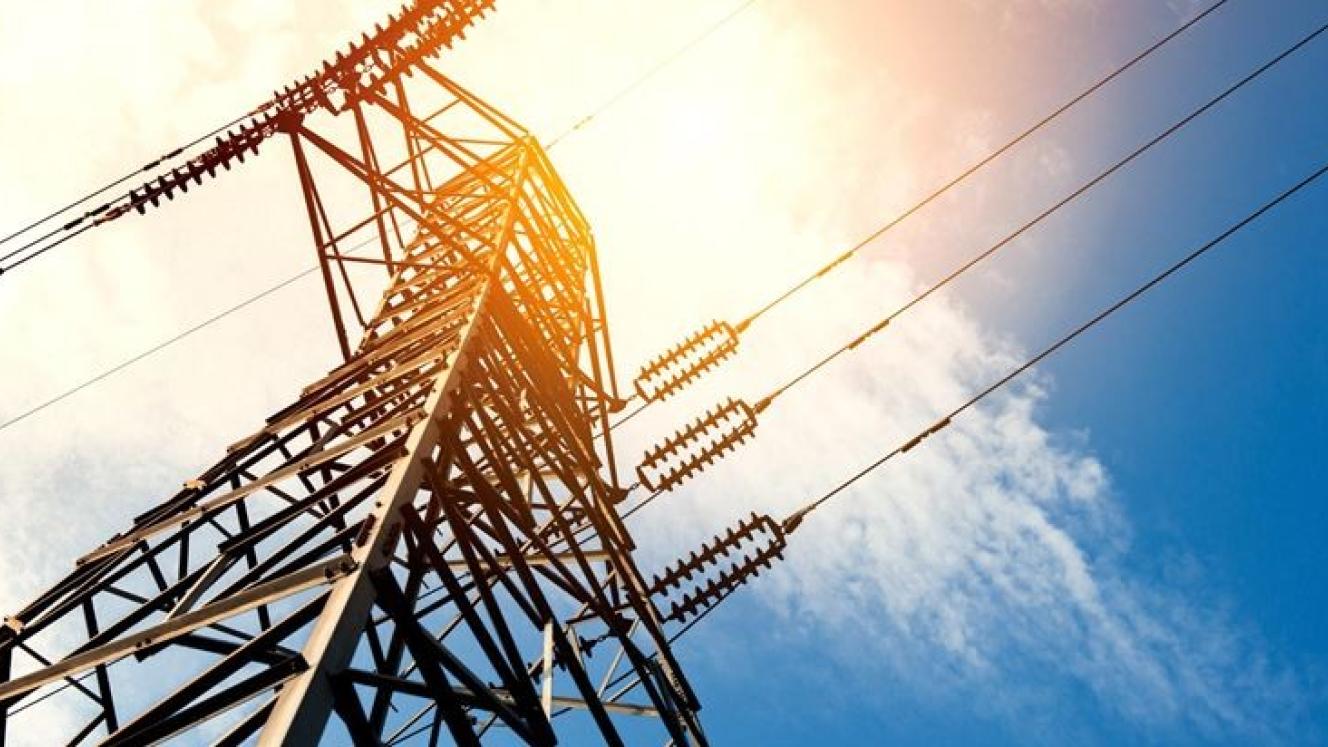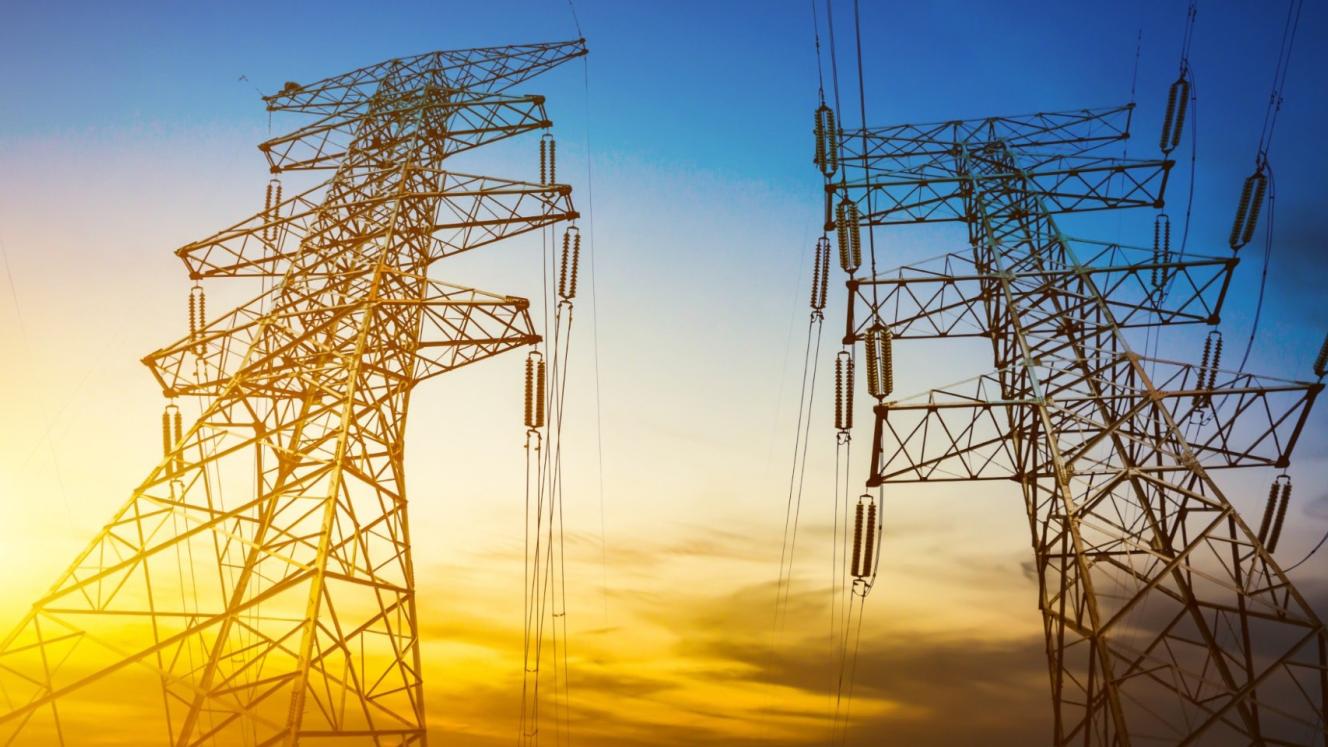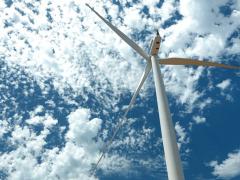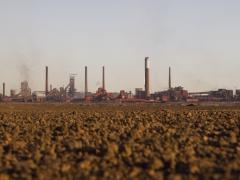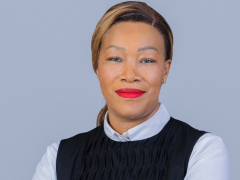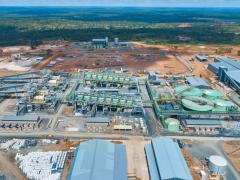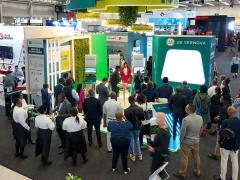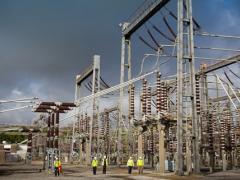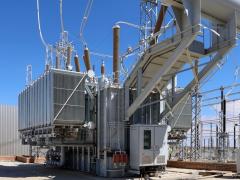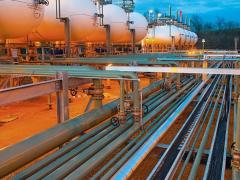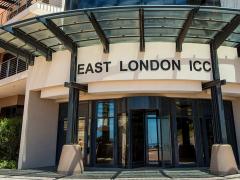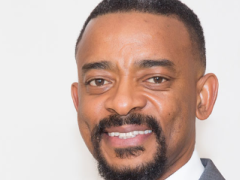South Africa must scale its transmission infrastructure development eight-fold to secure the country’s energy future, Electricity and Energy Minister Kgosientsho Ramokgopa said during the inaugural South African Transmission Infrastructure Investment Forum (TIIF) at the Johannesburg Stock Exchange (JSE) in Sandton on Friday, April 4.
Hosted in partnership with National Treasury and the JSE, the TIIF provided a platform for Ramokgopa to outline how South Africa’s transmission infrastructure priorities align with its long-term energy and economic goals.
Ramokgopa warned that, despite the Department of Electricity and Energy’s ambitious Transmission Development Plan (TDP) 2024, which calls for 30 GW of renewable energy to be grid-connected by 2030 and 56 GW by 2034, government has failed to allocate nearly 6 GW in bid windows 6 and 7. The TDP also requires 14 000 km of transmission lines to be built – an increase from the current annual build rate of 300 km to 2 300 km per year.
“This will require a R390 billion investment over the next decade with an even greater rate of investment and delivery from 2035 to 2050 as demand increases,” Ramokgopa said.
Eskom’s current financial constraints and the country’s tight fiscal space have severely limited the utility’s ability to attract capital to expand the grid, he said. In some cases, state-owned companies lack the capacity to package and prioritise projects. “There is a need for strong institutions, robust implementation capacity and technical and engineering skills,” Ramokgopa said.
To meet immediate demand, he said 17 GW of capacity could be unlocked in the short term through targeted investment in transformers despite emerging supply chain challenges. “Transmission is a key enabler of South Africa’s energy security and leveraging private-sector participation is critical,” Ramokgopa said.
He outlined the Department of Electricity and Energy’s broader strategic vision through to 2029, which includes achieving universal access to energy through availability, affordability and quality; defending and expanding Eskom’s share of generation; and advancing catalytic programmes such as green hydrogen. He also noted the need to “reset” the role and place of nuclear energy in the country’s energy mix.
The Integrated Transmission Plan (ITP), a key focus of the TIIF, is designed to support South Africa’s energy transition, stimulate economic growth in line with the National Development Plan’s 5% GDP target and address fiscal constraints.
Key objectives of the ITP include:
- Accelerating transmission infrastructure development through the TDP.
- Leveraging private-sector capacity to deliver the TDP objectives.
- Developing regulatory instruments to support implementation.
- Facilitating private-sector investment to reach the country’s infrastructure investment goal of 20% of GDP.
Speaking to Energize on the TIIF sidelines, Department of Electricity and Energy Ministerial Adviser Shaakira Karolia said the 14 000 km target is not fixed and will evolve with demands. “This target supports energy security up to 2034. Looking ahead to 2050, infrastructure needs will be greater. We’re not solving a Department of Electricity and Energy, National Transmission Company South Africa or Eskom challenge. This is about removing structural constraints to economic growth and development.”
